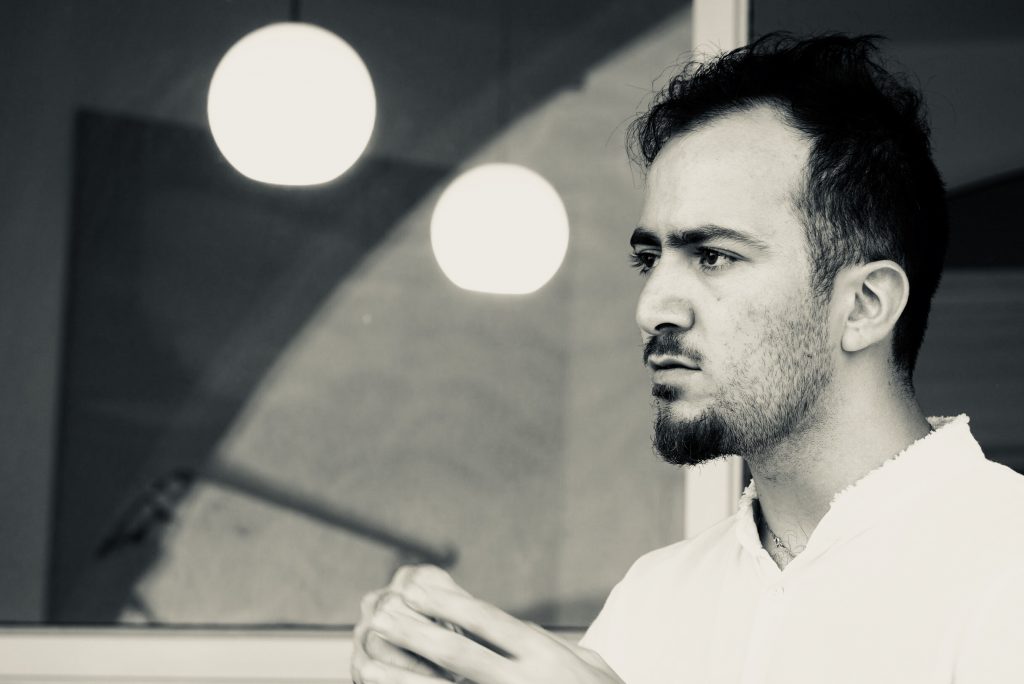
 In Conversation with Ribal Molaeb
In Conversation with Ribal Molaeb
Lebanon-born painter and classical musician Ribal Molaeb (b. 1992) talks to Elina Sairanen about his career and balancing between a life as a visual and musical artist. Molaeb moved to Austria at the age of 17 to study at the Mozarteum University Salzburg and later continued his studies in Vienna at the University for Music and Performing Arts. Currently, he holds the position of an artistic director of SUMITO Art and Music Association in Zürich, Switzerland, where he lives and works. His paintings have been exhibited in Paris, Amsterdam, Zürich, Vienna, Dubai and Beirut and he is represented by Galerie Janine Rubeiz, Beirut, Galerie Claude Lemand, Paris and Galerie Agénor, Zürich.


Elina Sairanen: Dear Ribal, it’s lovely to meet you. Could you please introduce yourself to our readers?
Ribal Molaeb: I’m a painter and classical musician, born in Lebanon to an artist family, currently living and working in Europe.
ES: How did your career in visual arts begin? How and when did you pick up painting?
RM: I have always worked in my father’s art workshop. It is with him where I learned my skills of dealing with colours and the creation of solid compositions. But I only started publishing my paintings after living alone in Vienna during my study years – far from my fathers direct influence. It was during my years in Vienna when I decided to continue what my father started and dedicate my life to painting – not only to classical music. My career started with my first shows in nearby countries like Switzerland, the Netherlands and Slovenia before my first show in Lebanon.
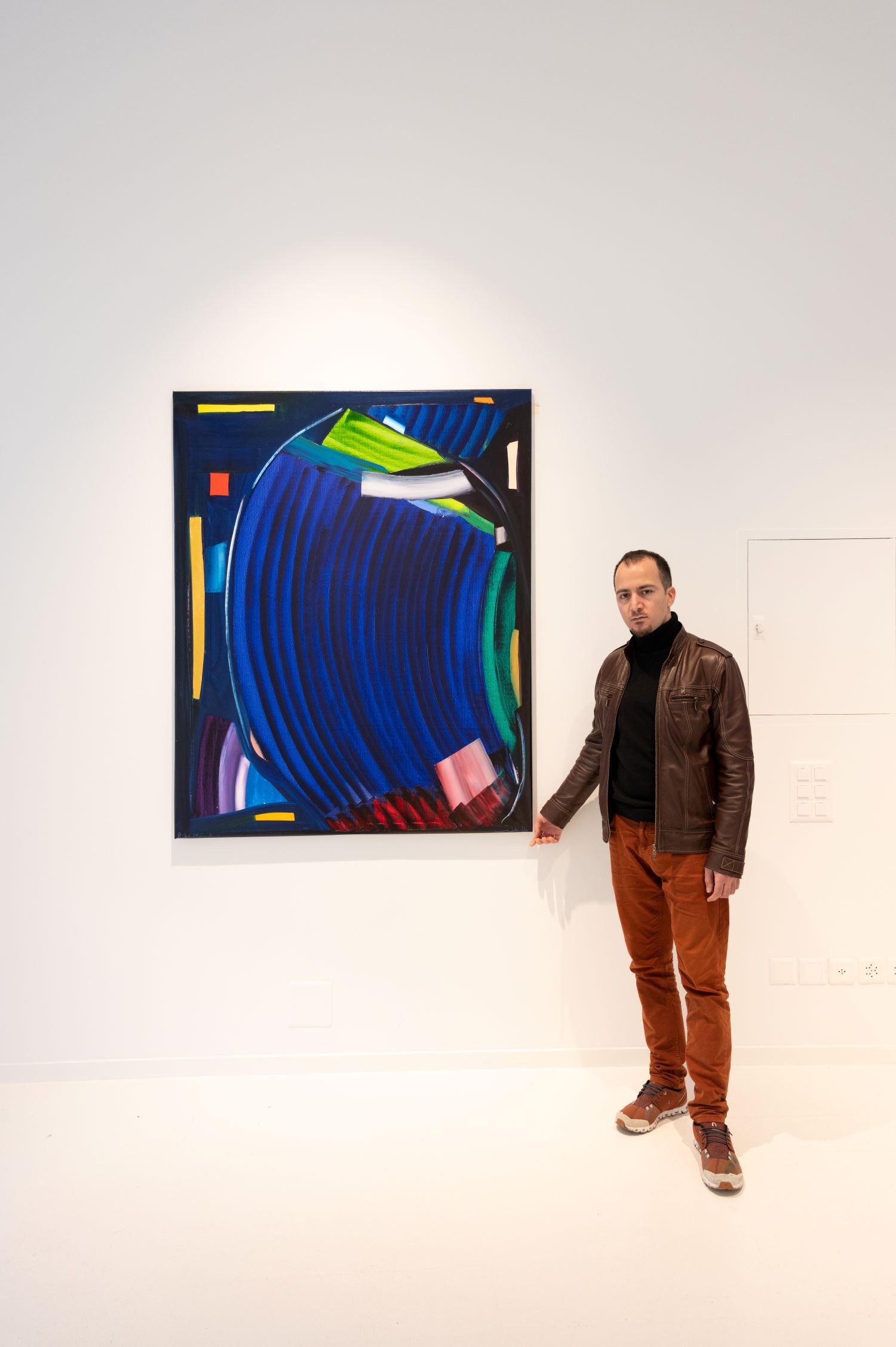

ES: You moved to Salzburg, Austria, at 17 years old to pursue studies in classical music. After living and working in Austria, you relocated to Switzerland and currently are the artistic director of SUMITO cultural association concert series. How do you balance between a career in music and visual arts?
RM: In Zürich, I paint on a daily basis, I stay after midnight in my studio working until late hours. Classical music is a discipline which is very well scheduled. I already performed most of the chamber music repertoire, so I can manage playing with ease. As a viola player, I don’t need to practice my instrument as much as I had to do before. I did reduce my activities as a classical musician to only performing chamber music repertoire which interests me the most. Otherwise, my main focus is on the art of creating, which is on producing paintings.
ES: How do you think your two paths, one of classical music and other of visual arts, support each other?
RM: Having these two disciplines makes me feel rounded and wide ranged. I feel like I have two solid wings to fly – Music and Fine Art. Painting is my mother tongue and music is my foreign language. But this does not mean that my foreign language is weaker; I mean this only in the sense of my initial approach to those two practices of art. Painting is something I’ve done since I was a child working with my father, while classical music is something I had to travel to learn. I left Lebanon for Salzburg aged 17 to study music, but I have always practiced both arts in parallel. However, I waited until my paintings reached a certain level before revealing them publicly. And now, my classical music audience is also the audience which comes to my art exhibitions.
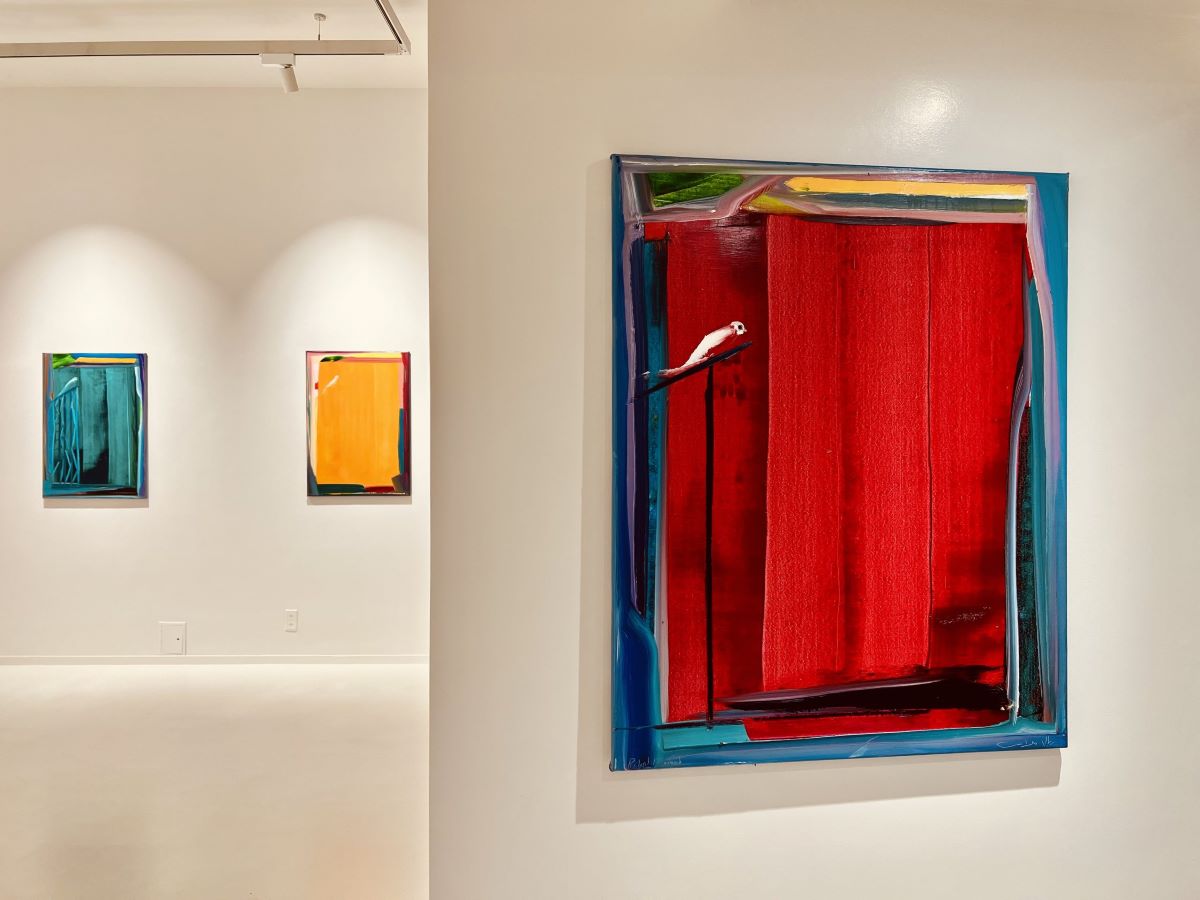

ES: How do you think your career in classical music has informed your visual arts practice?
RM: I’ve learned a great deal about how to paint while thinking as a musician. My art and music undoubtedly complement each other. I build my paintings like any musical composition on the basis of harmony, movement, rhythm, dynamics, accents and motives. I use my understanding of classical music theory and compositions in order to produce my paintings.
ES: What are the underlying themes you discuss in your work? How did they emerge?
RM: There are a number. First, the poetic Mediterranean wondrous landscapes which emerged from my nostalgia to the Mediterranean, Lebanese nature. Second, musical harmony in colours and shapes emerging from my knowledge of musical compositions and theory. Lastly, ‘looking through windows’ – theatrical compositions which emerged from my spiritual and philosophical searches in colours and shapes. And from my love of wonder, too.
I jump between these themes and work on them in parallel.


ES: You have previously stated that each painter paints the cosmogony of himself. Could you elaborate more on this thought? When I look at your work, many remind me of Beirut. Are we to see these works as a testament or appraisal to the Lebanese capital?
RM: Cosmogony refers to the study of our origin. Our subconscious is full of images from our childhood and perhaps sometimes from our past lives. The brain has a vast amount of data. I progress my data in colours and forms on a canvas. We paint in search for our origin, our desires and spiritual self.
Considering Beirut, these works are to perceive the city as a theatrical Wagnerian drama. It is challenging to put this wild city on canvas!
ES: I think the influence of some of the most significant Lebanese modern artists, namely Saliba Douaihy, Aref el Rayes and Shafic Abboud is present in your work. Could you tell us more about the importance of these artists to your practice?
RM: I was raised looking at paintings by such Lebanese grand artists, having their works among our collection at home. I heard many stories about them from my father who have studied with some of them. Naturally I was inspired by the Mediterranean works of Saliba Douaihy, the rough, wild and mysterious compositions of Aref el Rayes, and the balanced harmonious works of Shafic Abboud. I would like to one day be considered a part or a continuation to those Lebanese genres of artists.
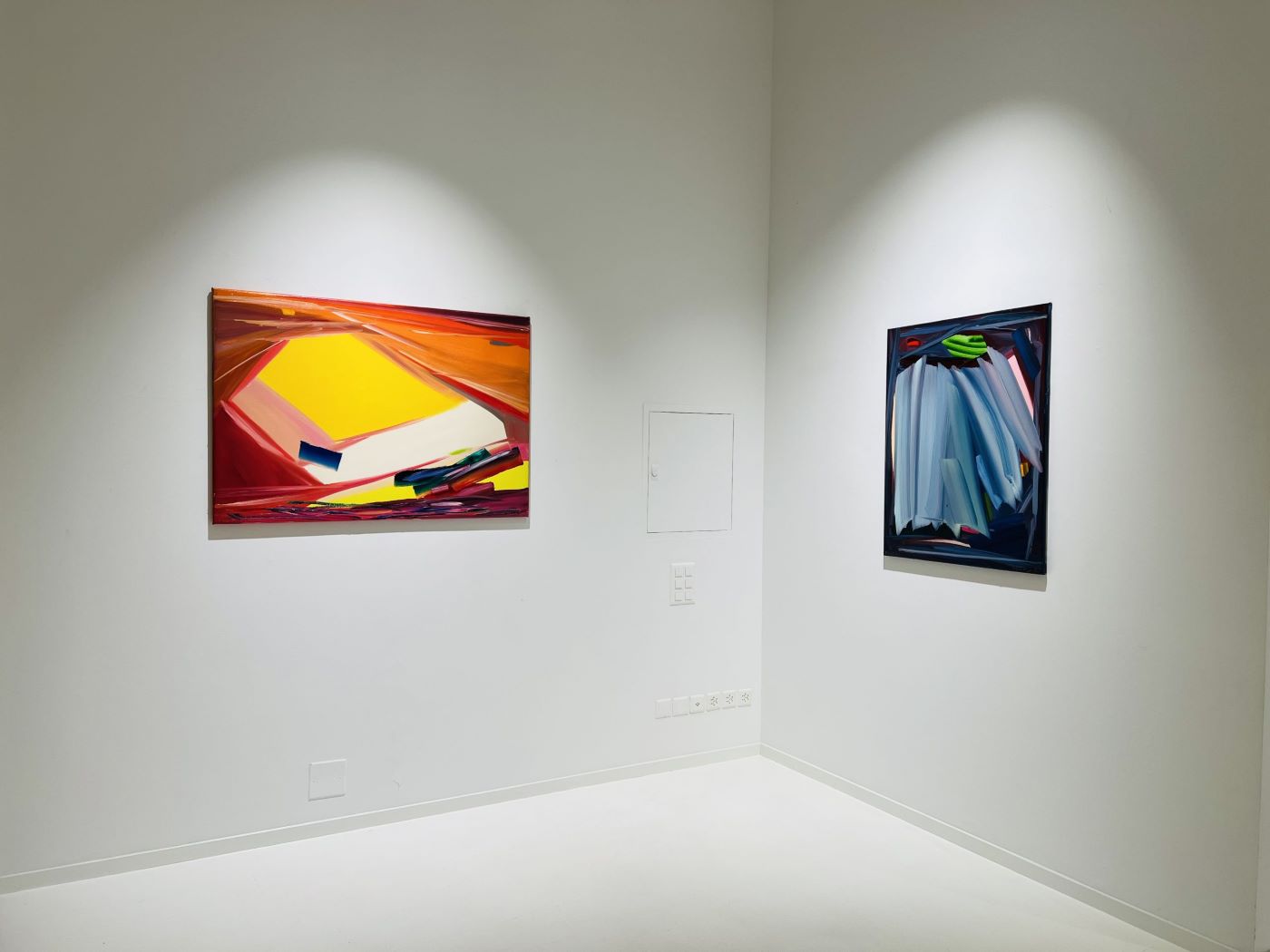

ES: I find your works quite theatrical and many of them contain references to drama, for instance the curtain which reminds of theatres and opera houses. What are your thoughts on this? To what extent do you recognise the theatrical components in your work?
RM: I paint to create a mysterious poetic world. I stimulate a metaphysical sphere with colors and shapes directed as a theatrical drama. Though I never aim to literally refer to curtains and theatres, the works might evoke such images in the viewer’s mind.
ES: Do you consider yourself an abstract artist? What does abstraction mean for you?
RM: I am a colourist painter, an image composer. My work essence and strength is the balance of my compositions. My main concern is how to orchestrate colors and shapes in order to achieve a true composition. I use abstraction to beautify my thoughts and put them on a solid canvas. My paintings are musical and poetic. Poeticism which is outside time and place. I follow no political or social agenda. My paintings’ goal is to make you wonder.
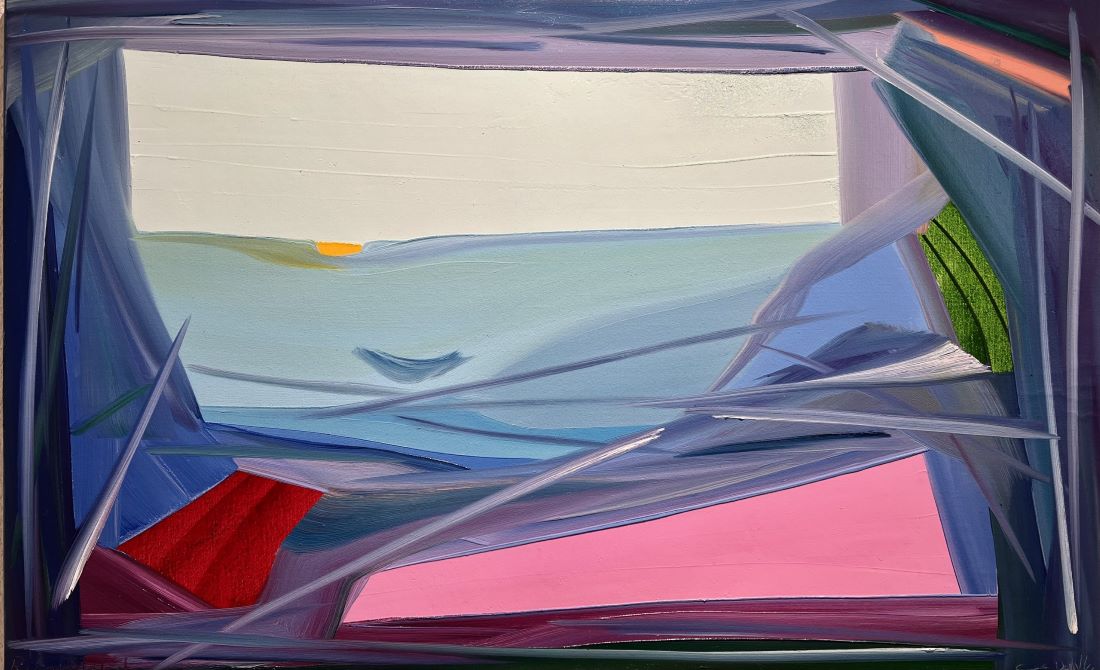

ES: Your current exhibition at Galerie Claude Lemand opened in November. Lemand is known for his instrumental role in presenting Arab artists in Paris, how has your experience been working with him so far?
RM: It is a great pleasure to work with Claude Lemand. Especially that he has worked with some of my artistic idols. I am honoured to be part of his gallery’s journey.
ES: Your first solo exhibition took place at Galerie Janine Rubeiz, a legendary Beiruti gallery. Could you tell us more about the experience of your very first solo show?
RM: My relationship with Nadine Begdache and Galerie Janine Rubeiz started through my father who worked with this gallery for 30 years. I feel like I am part of the gallery’s family. I am happy to continue the journey with this well respected established gallery. And it is for sure especially important to show my work in Beirut.
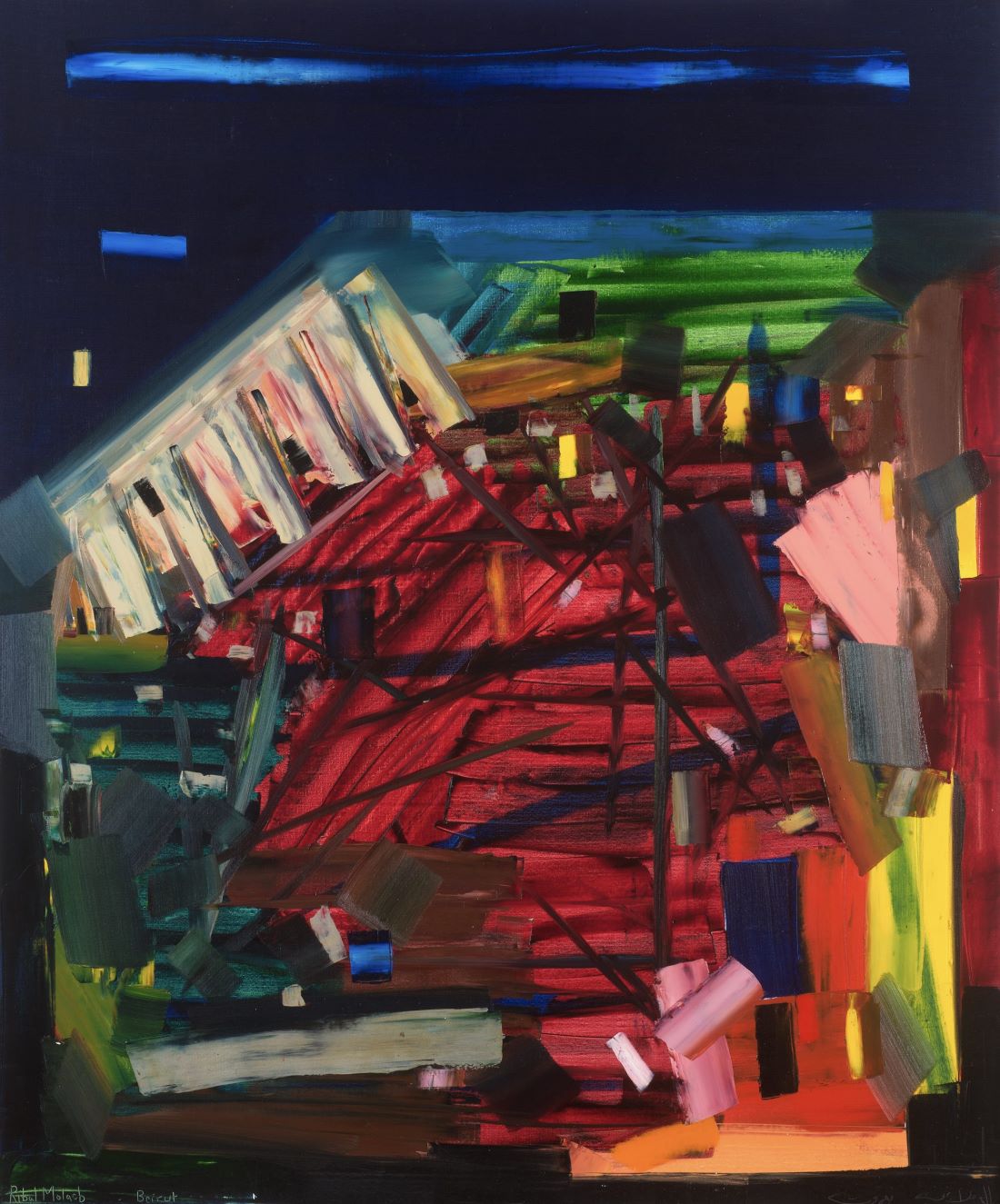

ES: You are the son of a renowned Lebanese artist Jamil Molaeb. Do you discuss your work with your father?
RM: Yes, on daily basis. I show him every new work of mine and vise versa. I learned allot from him. He has a direct honest opinion. I sometimes rework on paintings which he strongly criticises.
ES: Considering your multifaceted background; practice as a musician and visual artist and being an active participant to numerous cultural initiatives including the 2015 founded Molaeb Festival for Chamber Music and Fine Arts, Slovenian Sonc Festival and present of the Molaeb Art Museum, your activity sounds quite astonishing. The Renaissance ideal of the Universal Man comes to my mind as well as Paul Klee who was an accomplished violinist too. Any thoughts on this front?
RM: I don’t say that in order to be a complete artist, you have to master different fields of art. But it happens to be my case where I actively work in different fields. I do feel that I have energy to give to all those different practices. My grandfather dreamt of studying classical music in Europe. My father stood against society to become a fine artist. I combined both and gave my life to this ideal fulfilling combination.
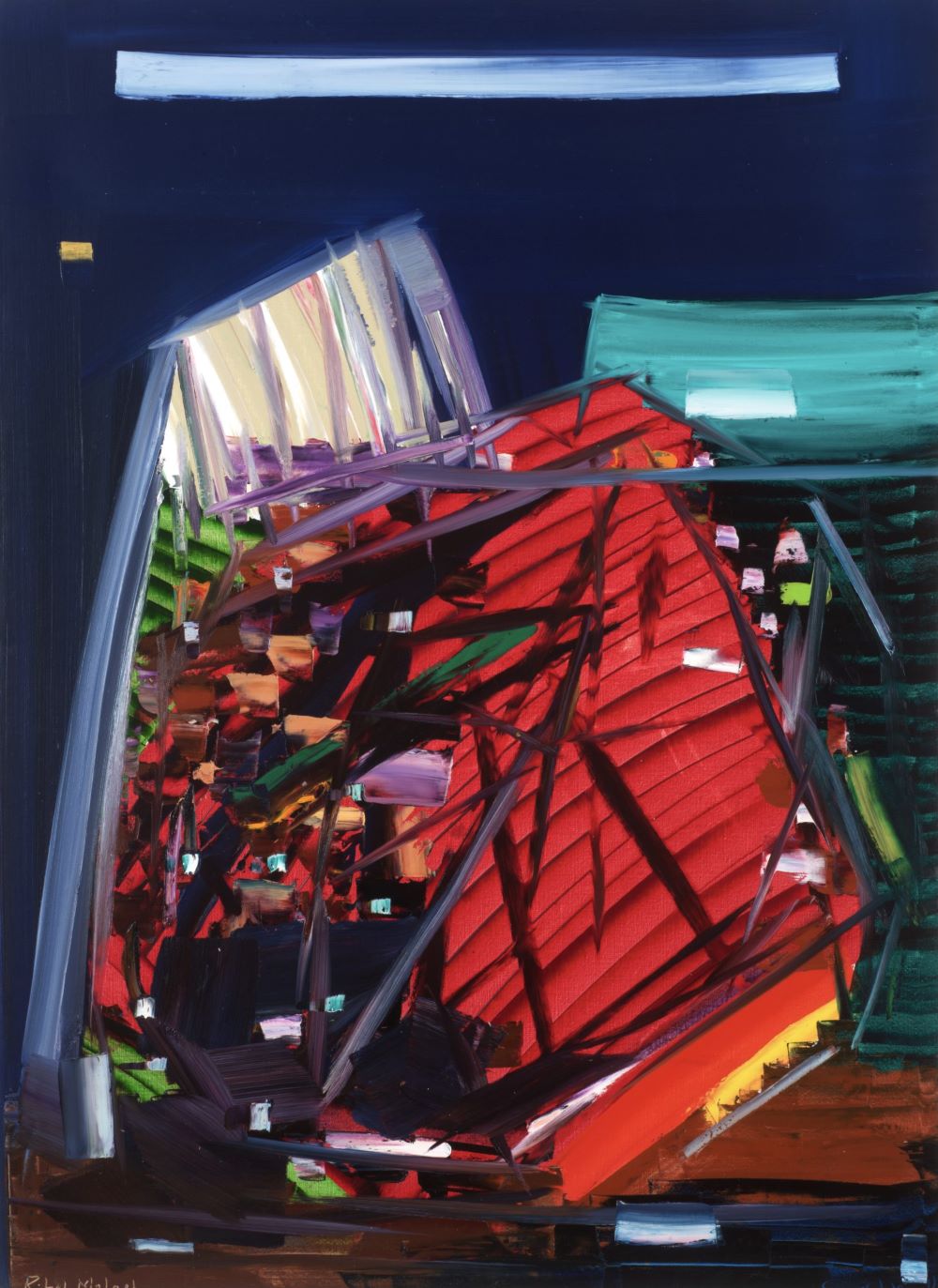

ES: What kind of future plans do you have? Do you have any aspirations for the upcoming year?
RM: I need to get deeper in my work, to find more transparency in my paintings so that my upcoming exhibitions are more honest. I have upcoming solo shows in Switzerland. I think that international recognition is a matter of consistency and belief in my work.
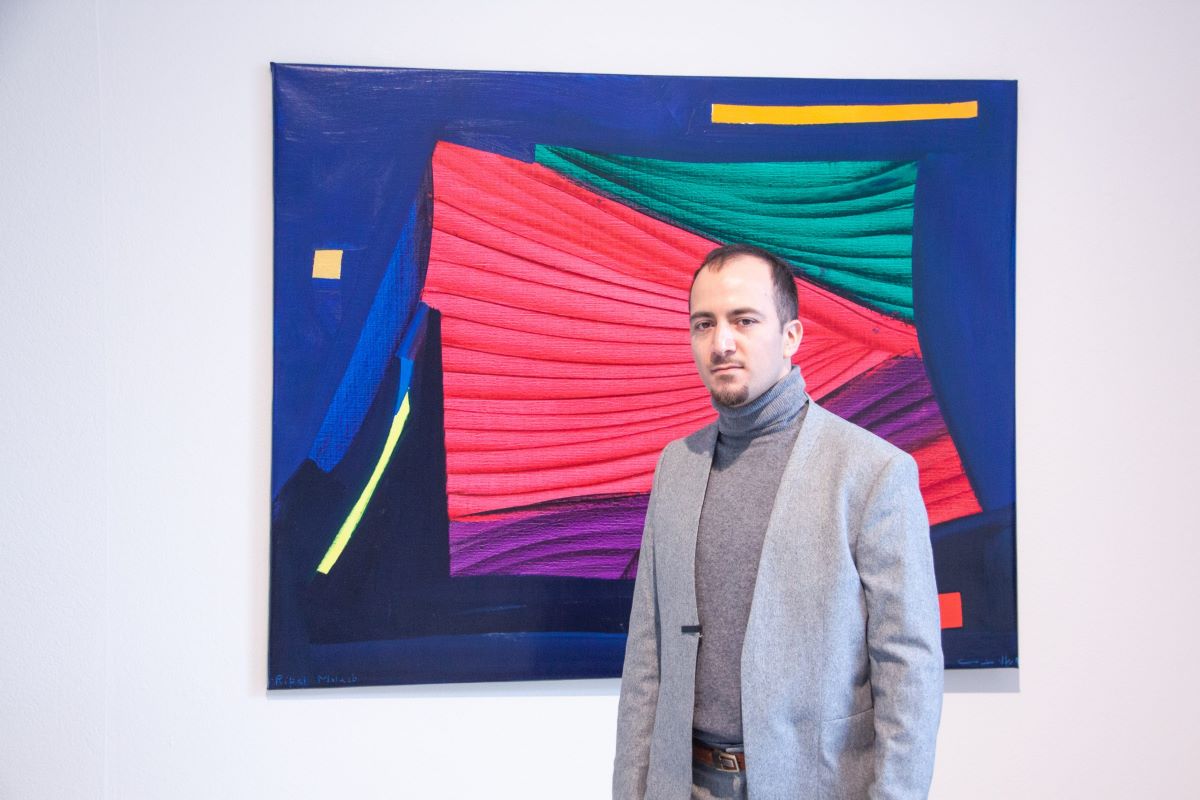

See Ribal’s website here and Instagram here. Here are his current shows at Galerie Agénor and Galerie Claude Lemand.


 In Conversation with Ribal Molaeb
In Conversation with Ribal Molaeb 
